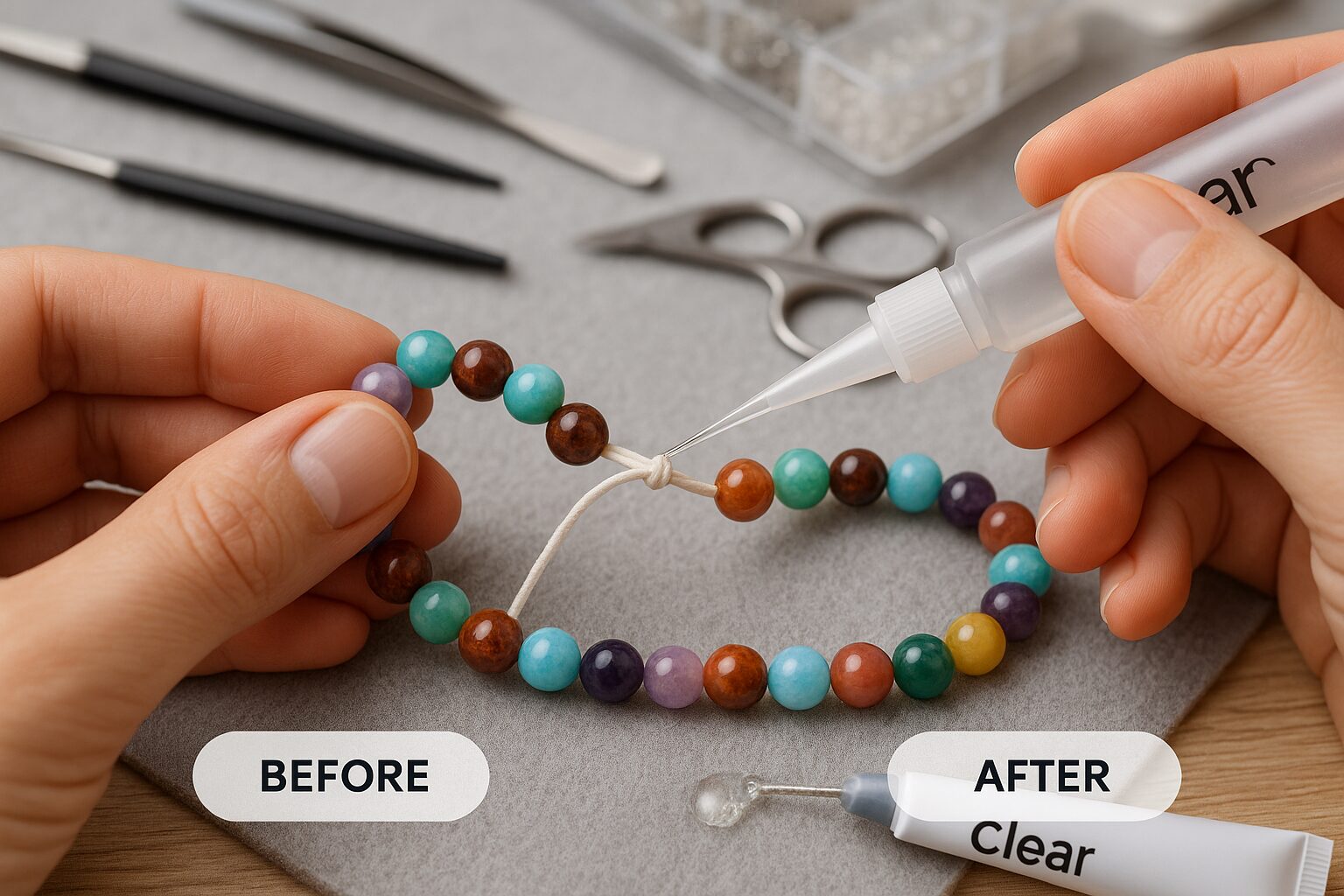When it comes to bonding materials securely, super glue (cyanoacrylate adhesive) is a go-to solution. However, choosing between gel-based super glue and liquid super glue can be tricky especially when working on vertical surfaces or overhead applications.
So, is gel-based super glue better suited for vertical surfaces compared to liquid glue?
Let’s dive into the chemistry, performance, and best-use scenarios to find out.
Gel-Based Super Glue vs. Liquid Super Glue: The Basic
What is Liquid Super Glue?
Liquid super glue is a low-viscosity, fast-penetrating adhesive made primarily from cyanoacrylate monomers. It spreads easily and cures quickly upon exposure to moisture, forming a rigid bond in seconds.
Key Features:
- Ultra-thin consistency
- Rapid capillary action (flows into small cracks)
- Fast bonding (5–30 seconds)
- Best for tight-fitting, non-porous surfaces
Common Applications:
- Ceramic repairs
- Glass bonding
- Precision applications (e.g., electronics)
What is Gel-Based Super Glue?
Gel-based super glue is a thicker formulation where gelling agents are added to cyanoacrylate to modify flow behavior (thixotropy). It resists dripping and sagging, giving users better control — especially on vertical or porous surfaces.
Key Features:
- High viscosity
- Non-drip formula
- Extended open time for precise placement
- Fills gaps up to 0.25 mm
Common Applications:
- Vertical surface repairs
- Porous materials (wood, fabric, foam)
- Overhead work (ceilings, shelves)
Why Gel-Based Super Glue Is More Effective for Vertical Surfaces?
1. No Drips or Runs
On vertical surfaces, liquid glue tends to run down before curing, leading to messy applications and weaker bonds. Gel super glue stays in place, preventing adhesive migration and ensuring a strong, accurate bond where applied.
2. Better Gap-Filling Ability
Vertical surfaces often have uneven or porous textures. Gel super glue can fill minor gaps without shrinking, resulting in a more durable and stable bond compared to the thin liquid version.
3. Enhanced Control
With its thicker consistency, gel-based adhesives offer superior control, making it easier to position parts precisely without immediate set-up pressure. This is crucial for tasks like mounting wall hooks, picture frames, or repairing vertical cracks.
4. Reduced Risk of Surface Damage
Liquid glue’s runny nature can cause staining or damage to delicate vertical surfaces like painted walls or polished stone. Gel super glue minimizes this risk due to its localized application.
Technical Comparison Table
| Feature | Liquid Super Glue | Gel-Based Super Glue |
|---|---|---|
| Viscosity | Low | High |
| Flow | Fast-flowing | Controlled, non-drip |
| Best for | Tight, non-porous surfaces | Porous, vertical, or uneven surfaces |
| Open Time | Very short (5–15 sec) | Slightly longer (20–60 sec) |
| Gap Filling | Minimal | Excellent |
| Risk of Dripping | High | Very low |
Best Practices for Using Gel-Based Super Glue on Vertical Surfaces
- Surface Preparation: Clean and lightly roughen surfaces to enhance adhesion.
- Apply in Small Quantities: A thin layer ensures faster curing and stronger bonds.
- Clamp if Necessary: For heavier objects, temporary clamping improves bond strength.
- Avoid Excess Moisture: Humidity accelerates curing but too much can cause blooming (white residue).

When Should You Use Liquid Super Glue Instead?
While gel glue excels vertically, liquid glue is better for:
- Bonding very tight joints (like cracked glass)
- Precision applications where minimal adhesive thickness is crucial
- Quick repairs that don’t require positional adjustments
Conclusion
In short, gel-based super glue is more effective for vertical surfaces than liquid glue. Its non-drip formula, gap-filling properties, and better control make it the superior choice for overhead, vertical, and porous material applications.
If you’re working on a vertical wall repair, overhead project, or any non-horizontal surface, a gel super glue will deliver a cleaner, stronger, and more precise bond every time.
FAQs
Is gel-based super glue better for vertical surfaces?
Yes, gel-based super glue resists dripping and provides better control on vertical and porous surfaces.
Does liquid super glue run on vertical surfaces?
Yes, liquid super glue can drip or run before curing, making it less ideal for vertical applications.
Can gel-based super glue fill gaps better than liquid glue?
Absolutely, gel formulas fill small gaps and uneven surfaces more effectively than liquid versions.
How long does gel super glue take to cure?
Gel-based super glue typically cures within 20 to 60 seconds, depending on humidity and material.
Is gel super glue as strong as liquid super glue?
Yes, gel-based and liquid super glues offer similar bond strength once fully cured.





